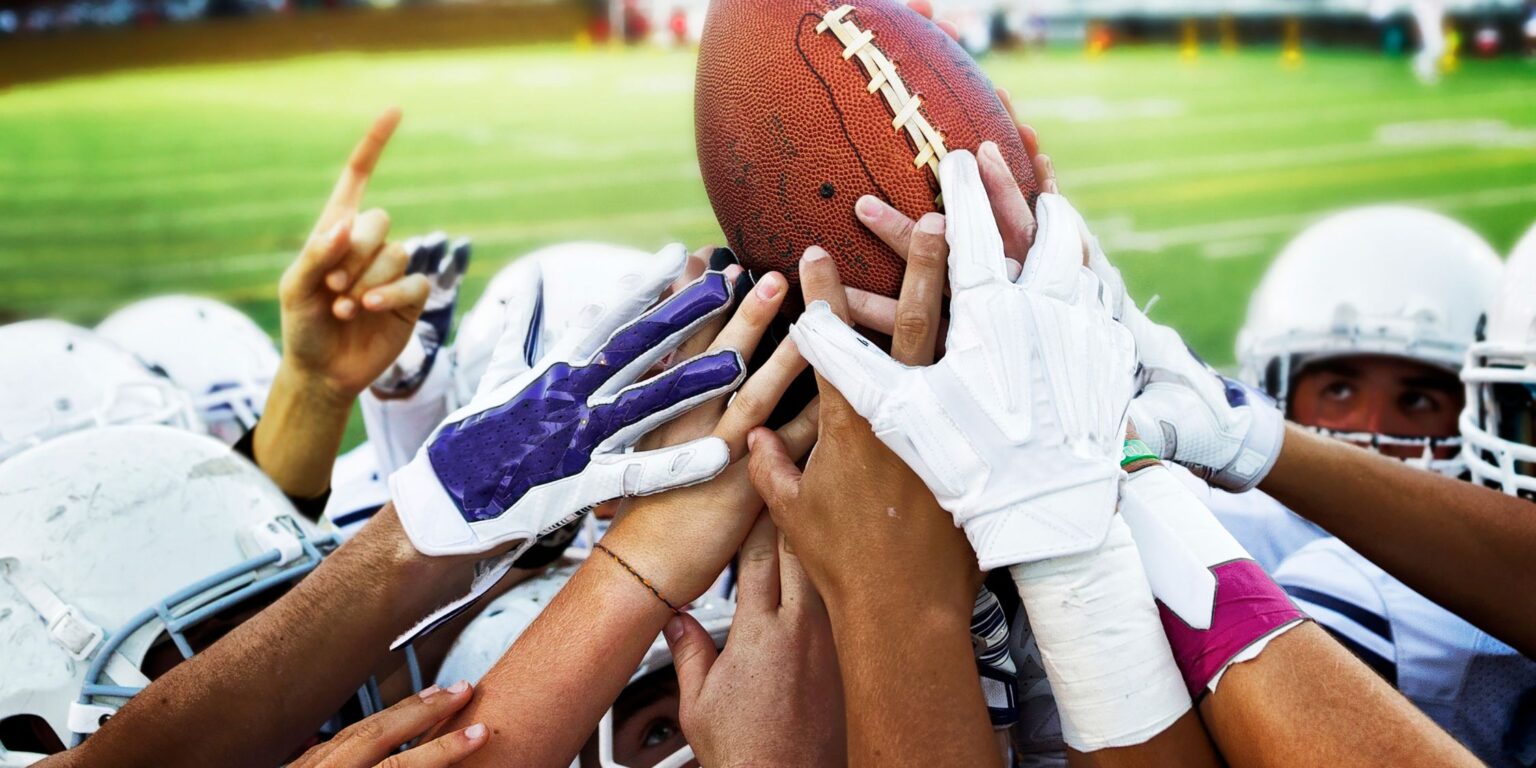January 1, 2025 – In a groundbreaking move aimed at enhancing player safety and reducing the long-term effects of injuries, the U.S. National Football League (NFL) has announced a series of historic rule changes that will take effect for the 2025 season. These changes, which include stricter regulations on contact practices, modifications to helmet designs, and expanded mental health protocols, represent a significant step forward in the league’s ongoing efforts to protect players from injury while preserving the integrity of the game.
The new measures come as the NFL continues to address growing concerns over player safety, particularly related to head injuries such as concussions and the long-term effects of chronic traumatic encephalopathy (CTE), a degenerative brain disease linked to repeated head trauma. Despite significant efforts in recent years to reduce the risk of such injuries, public pressure has mounted for the league to do more, prompting these sweeping changes.
“Player safety has always been a top priority for the NFL, but we understand that we must continue to evolve to meet the needs of the modern game,” said Roger Goodell, NFL Commissioner. “These new rules reflect our commitment to improving the safety of our athletes, both in the short term and for their long-term well-being. We are taking decisive action to protect players and ensure that football remains the exciting, competitive sport that fans love.”
Among the most significant changes are new guidelines for contact practices during training camps and the regular season. Effective immediately, teams will be limited to just 10 full-contact practices per season, down from the previous 15. This move is designed to reduce the number of hits players take during the season, particularly in high-contact areas like the offensive and defensive lines. The NFL also announced new restrictions on the frequency of full-contact drills during training camps to ensure that players are not exposed to excessive physical strain early in the season.
In addition to practice modifications, the NFL is mandating new helmet designs that feature enhanced padding and sensor technology aimed at detecting impacts that may lead to concussions. The league has partnered with leading manufacturers to develop helmets equipped with real-time monitoring systems that alert medical staff if a player has sustained a potentially dangerous impact. These smart helmets will be rolled out league-wide in time for the 2025 season.
Another groundbreaking change is the expansion of mental health and concussion protocols. Starting in 2025, all NFL teams will be required to have a full-time, on-site neuropsychologist or sports psychologist to assist players with mental health issues and concussion management. Additionally, players will undergo more rigorous post-game assessments for concussions, with an independent neurological expert present at every game to ensure that players who exhibit signs of head injuries are properly evaluated and removed from the field if necessary.
The new measures are part of a broader push by the NFL to improve player welfare and protect the long-term health of its athletes. The league has faced mounting criticism in recent years for its handling of concussions and other head injuries, with former players filing lawsuits related to CTE and other health problems linked to their time in the league. In response, the NFL has invested millions of dollars into research on concussion prevention, as well as establishing a concussion settlement program that compensates former players who have been diagnosed with CTE or other neurological disorders.
While these changes have been widely praised by medical professionals, former players, and advocacy groups, some have raised concerns about the potential impact on the physical nature of the game. Critics argue that reducing the number of full-contact practices and introducing new helmet technology may alter the style of play and diminish the competitive edge that has defined the NFL for decades. Others suggest that these changes may not be enough to fully address the long-term health risks players face.
“While these changes are a step in the right direction, they don’t fully address the core issue, which is the nature of the game itself,” said Dr. Thomas Harris, a sports medicine expert. “Football is a contact sport, and no amount of rule changes or helmet technology can eliminate the risks associated with repeated head impacts. The real challenge is balancing safety with the physical demands of the sport.”
Despite these concerns, the NFL is moving forward with its commitment to player safety and health. The league’s new rule changes for the 2025 season are expected to set a precedent for other sports leagues around the world, reinforcing the idea that player safety is paramount in professional athletics. As the season progresses, all eyes will be on the NFL to see how these changes impact both the game and the well-being of its players.
In the end, the NFL’s decision to implement these historic changes highlights a significant shift in the sports world, where the health and safety of athletes are now at the forefront of the conversation. With player protection taking center stage, the hope is that these changes will not only safeguard the players of today but also ensure that future generations of athletes can enjoy the sport with greater safety and longevity.
